1. No Single Women as Homebuyers

In the 1950s, single women were often excluded from homeownership in suburban neighborhoods, either by formal rules or through discriminatory lending practices, according to Bankrate. Banks and real estate agents typically prioritized married couples, viewing them as more stable and trustworthy clients. Single women who tried to buy a home often faced skepticism and outright refusals, as they didn’t fit the traditional family model that the suburbs were built to promote.
This rule was steeped in gender norms of the era. A woman living alone in the suburbs was seen as suspicious or even scandalous, as the dominant narrative dictated that women’s primary role was to be wives and mothers. The suburban ideal of the nuclear family left little room for women who didn’t conform, reinforcing a system where independence for women was viewed as a threat rather than a choice.
2. No Hanging Laundry Outside
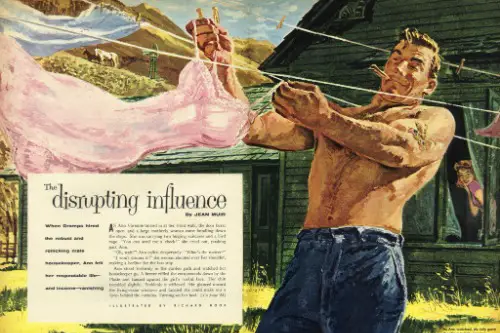
Although clotheslines were commonplace in rural America, many suburban neighborhoods outright banned the practice of drying laundry outside, according to the BBC. The sight of clothes or bedsheets fluttering in the wind was considered unsightly and an affront to the carefully cultivated image of suburban perfection. Homeowners’ associations and zoning regulations often enforced this rule, arguing that visible laundry suggested poverty or a lack of modern appliances.
This stigma was fueled by the post-war explosion of consumerism. By the 1950s, washing machines and dryers were advertised as essential items for middle-class families. Owning these appliances showed you were “keeping up with the Joneses,” and using a clothesline could signal that your family was struggling financially or unwilling to embrace modern conveniences. For many women, this pressure made even mundane chores a performance of their social status.
3. Mailboxes Had to Meet Strict Standards

In the 1950s, mailboxes weren’t just functional—they were a point of pride and conformity. Many neighborhoods had strict rules about the height, style, and placement of mailboxes, with deviations earning disapproval or even official reprimands, OneKey MLS explains. The U.S. Postal Service had its own guidelines, but homeowners often went above and beyond to ensure their mailbox blended seamlessly with their home’s aesthetic.
This peculiar fixation highlighted the broader suburban obsession with uniformity. A mismatched or poorly maintained mailbox could disrupt the visual harmony of the street, drawing unwanted attention to your property. For many families, complying with these rules was just another way to fit in and avoid standing out in a community that prized conformity above all else.
4. Strictly Enforced Curfews for Teenagers
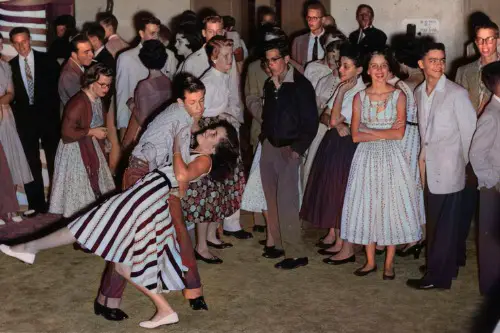
Teenagers in 1950s suburbs often had to abide by strict curfews, enforced by both parents and local police, TIME Magazine shares. The curfews were justified as a way to keep kids safe and out of trouble, but they also reflected widespread fears about juvenile delinquency. The media frequently ran sensational stories about rebellious teenagers, fueling parental anxiety and leading many communities to implement “youth patrols” or other measures to monitor kids’ activities.
Curfews also reinforced the idea of suburban life as controlled and orderly. Parents were expected to keep their children in line, and teens who stayed out late risked being branded as troublemakers. For many kids, sneaking out past curfew became a small act of rebellion, symbolizing their desire for freedom in an environment that demanded conformity.
5. Women Were Expected to Stay at Home
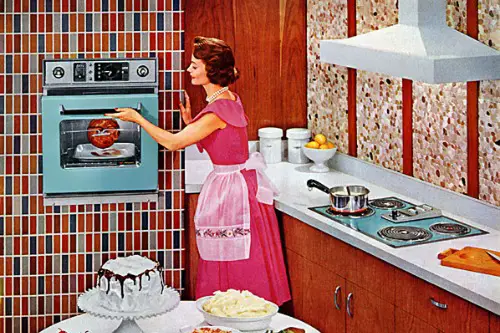
In the 1950s, suburban culture revolved around the idea that women’s primary role was to care for the home and family, PBS reports. This expectation wasn’t just a cultural norm—it was actively reinforced by media, advertising, and even government policies that encouraged women to leave the workforce after World War II. Housewives were celebrated as the backbone of the suburban ideal, and any deviation from this role was viewed with suspicion.
For women, this rule meant that their lives were largely confined to the domestic sphere. The pressure to create a perfect home extended beyond keeping a clean house; women were expected to be active in local PTA meetings, bake for church events, and maintain an air of cheerful competence at all times. For many, the rigid expectations of suburbia became stifling, sparking the feminist critiques that emerged in the 1960s.
6. Keep Your Lawn Perfectly Manicured
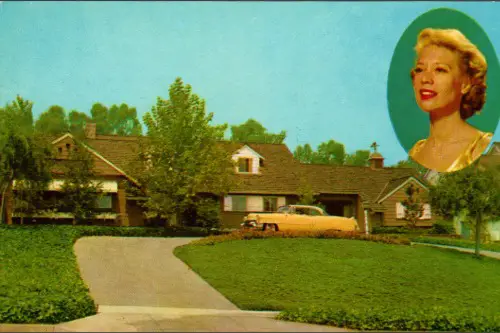
In the 1950s, maintaining a pristine lawn wasn’t just about aesthetics—it was a status symbol. Neighbors closely monitored each other’s yards, and unkempt grass could earn you dirty looks or even complaints to local homeowners’ associations. Suburban developers marketed homes with the promise of lush green lawns, and many neighborhoods even had unwritten codes requiring families to spend their weekends mowing, fertilizing, and watering to ensure their property met community standards. The belief was that a messy lawn reflected poorly on the family’s character and values.
This obsession was deeply tied to the post-war push for conformity. Uniform lawns symbolized unity, order, and an embrace of the American Dream. For many suburbanites, failing to keep up meant being labeled as lazy or uncaring, threatening your social standing in the tight-knit community. Some neighborhoods took it so seriously that letters or fines were issued for violations, making lawn care a high-stakes ritual.
7. Garbage Day Had Its Own Etiquette
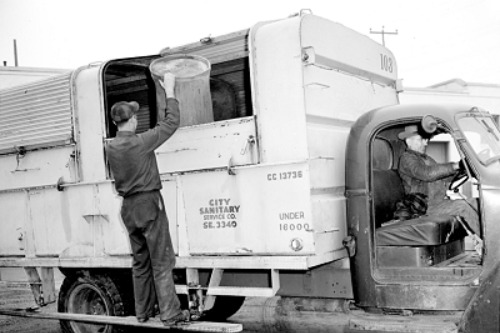
Even something as mundane as taking out the trash came with its own set of rules in the 1950s suburbs. Homeowners were expected to keep their garbage bins clean, place them neatly at the curb on designated days, and bring them back promptly after pickup. Overflowing bins or trash left out too long could lead to complaints from neighbors or even fines from local authorities.
This obsession with tidiness extended to every aspect of suburban life, reflecting the cultural emphasis on appearances and order. Trash was seen as a metaphor for personal neglect, and being careless about it could harm your reputation in the community. For many families, these seemingly minor rituals became yet another way to signal their commitment to suburban values.
8. Houses Had to Be Painted in Approved Colors
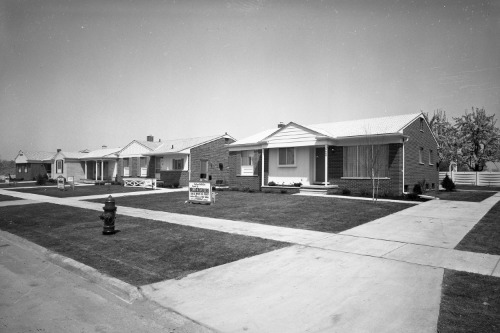
In many suburban neighborhoods, homeowners were expected to stick to a narrow palette of approved paint colors for their homes. This rule wasn’t always written down, but it was heavily implied, and some homeowner associations formalized it in their bylaws. Houses in neutral shades like beige, white, and light pastels were preferred, as anything too bold was considered garish and disruptive to the neighborhood’s harmony.
This obsession with conformity reflected the cultural values of the time. Suburbs were built to offer a sense of order and predictability, and visual uniformity reinforced the idea that everyone in the community was on the same page. Deviating from the norm could make your house stand out in a way that risked social alienation, and for many families, that was a risk they weren’t willing to take.
9. No Cars on the Street Overnight
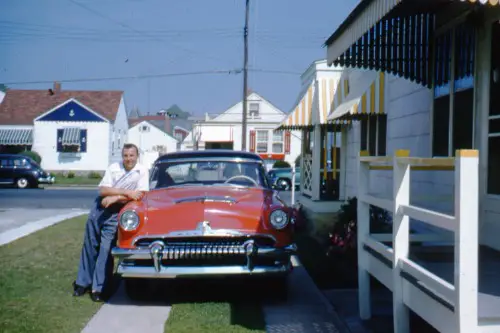
Parking your car on the street overnight was often discouraged or outright banned in suburban neighborhoods of the 1950s. Driveways and garages were expected to be used exclusively, as parked cars were seen as clutter that disrupted the clean, orderly appearance of the neighborhood. Homeowners’ associations and local governments enforced this rule to maintain the suburban ideal.
This regulation was tied to the era’s emphasis on self-sufficiency and private ownership. Cars represented mobility and independence, but only when neatly tucked away in their designated spaces. Leaving a car on the street hinted at a lack of discipline or planning, which could tarnish the neighborhood’s carefully cultivated image.
10. Block Parties Were Practically Mandatory

Community events like block parties weren’t just encouraged—they were expected in many suburban neighborhoods. These gatherings were seen as essential for fostering social bonds and creating a sense of unity among residents. Failing to participate could make you seem unfriendly or uninterested in the well-being of the community.
While these events were often fun and festive, they also served a more insidious purpose: they reinforced social conformity. Block parties provided an opportunity to observe and subtly judge neighbors, ensuring that everyone was adhering to the unspoken rules of suburban life. For newcomers, attending was almost a rite of passage, signaling their willingness to fit in.
11. Holiday Decorations Had to Be Tasteful

In the 1950s, decorating your home for holidays like Christmas or the Fourth of July was practically a requirement, but there were unspoken rules about how far you could go. Tasteful, understated decorations were preferred, and anything too flashy or unconventional could earn disapproving glances from neighbors.
This emphasis on tasteful decor was another extension of the era’s focus on conformity and propriety. Holiday decorations weren’t just about personal celebration—they were a reflection of your family’s values and your commitment to the community. For many families, the pressure to decorate “correctly” turned what should have been a joyful tradition into yet another test of their suburban credentials.
12. Barbecues Were a Social Obligation
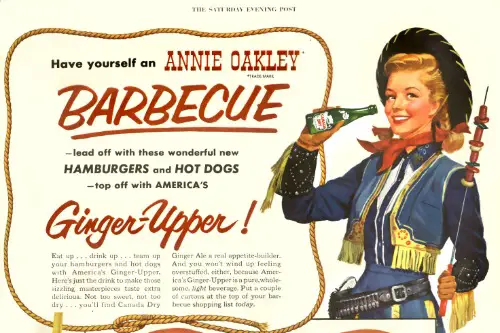
Owning a backyard barbecue grill became almost a requirement for suburban families in the 1950s. Weekend cookouts were a staple of suburban life, and hosting or attending one was seen as a key way to socialize with neighbors. Failing to participate in this ritual could make you seem aloof or uninterested in building community ties.
The rise of the backyard barbecue was tied to the post-war embrace of leisure and consumerism. Grills were heavily marketed as symbols of prosperity and modernity, and owning one signaled that your family had “made it.” For many suburbanites, the backyard barbecue became a performance of middle-class success, complete with perfectly grilled burgers and cheerful conversation.


